EE-GPT-AI-powered electrical engineering assistant
AI-driven insights for electrical engineering.
A search engine and troubleshooter for electrical engineers to promote an open-source community. Submit your questions, corrections and feedback to [email protected]
How to calculate the input referred noise of a CS amplifier?
Write a SR latch in Verilog for me.
Write an example PCA code in Python.
How to setup a S-parameter testbench in Cadence?
Related Tools
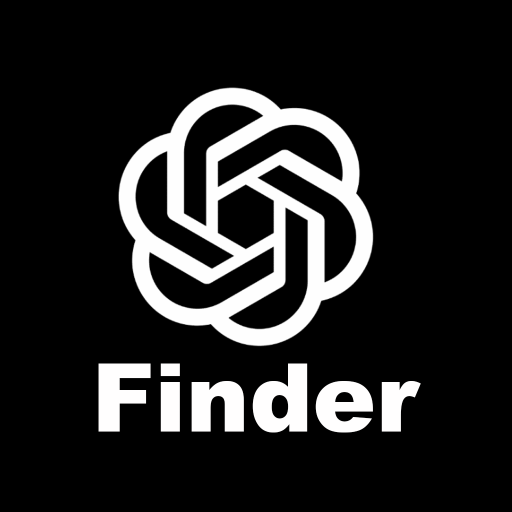
GPT Finder
Discover the best Custom GPT at OpenAI's GPT Finder

Accounting GPT
Your accounting expert.
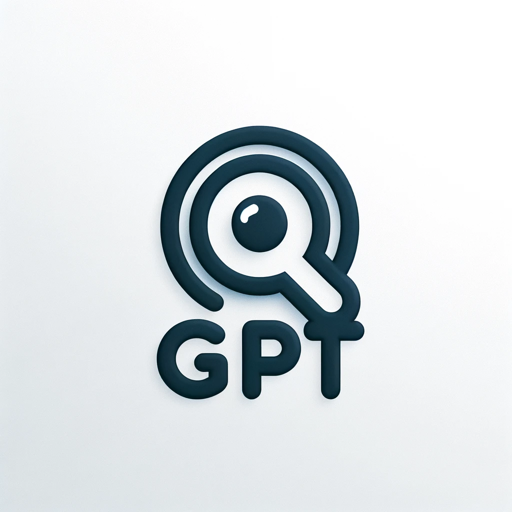
GPT Finder 🔍
GPT Finder 🔍 is a search tool designed for efficiently finding the best custom GPTs from a selection of over 133,000 GPTs. It initially checks a specialized database and then utilizes Google search if necessary, ensuring that users find the best match amo

Ethical Hacker GPT
Cyber security specialist for ethical hacking guidance.
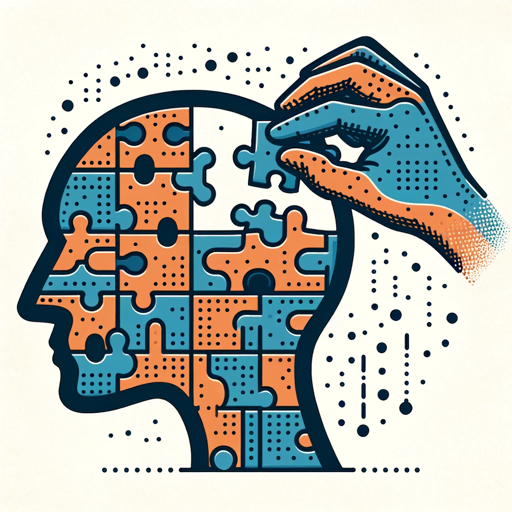
GPT Builder V2.4 (by GB)
Craft and refine GPTs. Join our Reddit community: https://www.reddit.com/r/GPTreview/
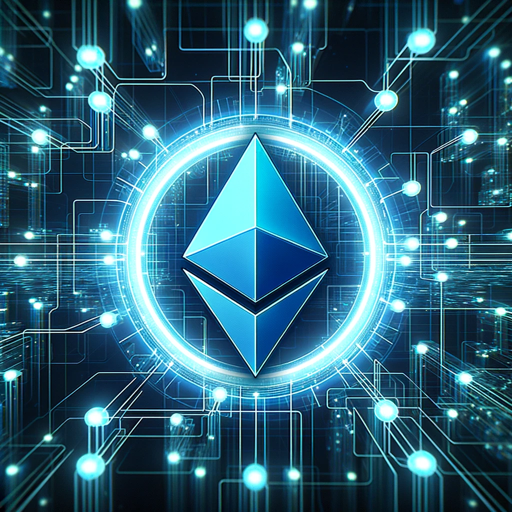
Ethereum GPT
Expert in Ethereum blockchain analysis via Etherscan API
20.0 / 5 (200 votes)
Introduction to EE-GPT
EE-GPT is a specialized version of ChatGPT, designed to assist with electrical engineering tasks, particularly in the areas of circuit design, simulation, and programming. It functions as an advanced educational tool that can provide detailed explanations, troubleshoot issues, and generate code in languages like C/C++, Python, Verilog, and VHDL. For instance, when working with Cadence Virtuoso for IC design, EE-GPT can guide users through the process of setting up simulations, interpreting results, and optimizing designs. It serves as a bridge between theoretical knowledge and practical application, offering insights and solutions tailored to engineering challenges.

Main Functions of EE-GPT
Circuit Simulation Guidance
Example
EE-GPT can guide a user through setting up a DC analysis in Cadence Virtuoso, helping them choose the correct model libraries and analysis parameters.
Scenario
A user is designing an amplifier and needs to verify its operating point. EE-GPT can instruct them on how to annotate the DC operating point and interpret the results to ensure proper biasing.
Programming Assistance
Example
EE-GPT can provide code snippets and troubleshooting tips for writing Verilog modules or C++ algorithms, helping users overcome specific coding challenges.
Scenario
A user is developing a digital circuit and needs help writing a Verilog module for a finite state machine. EE-GPT can provide the necessary code structure, explain the logic, and help debug any issues.
Technical Documentation Support
Example
EE-GPT can assist users in understanding complex technical documents, such as datasheets or user manuals, by breaking down key concepts and explaining them in simpler terms.
Scenario
A user is trying to understand the specifications of an ADC from its datasheet. EE-GPT can explain the significance of parameters like SNR, THD, and how they impact the performance of the circuit.
Ideal Users of EE-GPT
Engineering Students
Students in electrical and computer engineering programs can greatly benefit from EE-GPT, especially when tackling complex subjects like VLSI design, embedded systems, or signal processing. EE-GPT can offer step-by-step guidance, clarify doubts, and provide additional learning resources.
Professional Engineers
Engineers working in fields such as IC design, embedded systems, or software development can use EE-GPT as a quick reference tool for troubleshooting, coding assistance, and simulation setup. It can streamline the design process by providing accurate and context-specific information.

How to Use EE-GPT
Visit aichatonline.org for a free trial without login, also no need for ChatGPT Plus.
Begin by navigating to aichatonline.org, where you can access EE-GPT without any login requirements or subscription to ChatGPT Plus.
Upload or describe your query.
Provide EE-GPT with the specific document or describe your electrical engineering-related query. The tool is optimized for topics such as programming in C/C++, Python, Verilog, and more.
Explore advanced documentation features.
Leverage EE-GPT's ability to parse and retrieve detailed technical information from your uploaded documents. This includes reading through manuals, tutorials, and technical papers.
Request schematics or code examples.
EE-GPT can generate detailed ASCII schematic drawings or code snippets in multiple programming languages to assist with your project needs.
Optimize interactions with specific commands.
Use commands like 'msearch' to search within documents or ask for specific analysis tools such as simulation setup in Cadence or VHDL syntax troubleshooting.
Try other advanced and practical GPTs
领导讲话写作助手
AI-Powered Speech Outline Creator

College App Essay Guru
Craft your story with AI-powered guidance.

Drawn to Style
Transform Your Drawings with AI

紫微斗数
Unlock Your Destiny with AI-Powered 紫微斗数.

Appster
AI-powered AppSheet guidance and support.

The Debate SuperPrompt.
Engage in AI-driven, structured debates

PDF Assistant
AI-Powered Insights at Your Fingertips
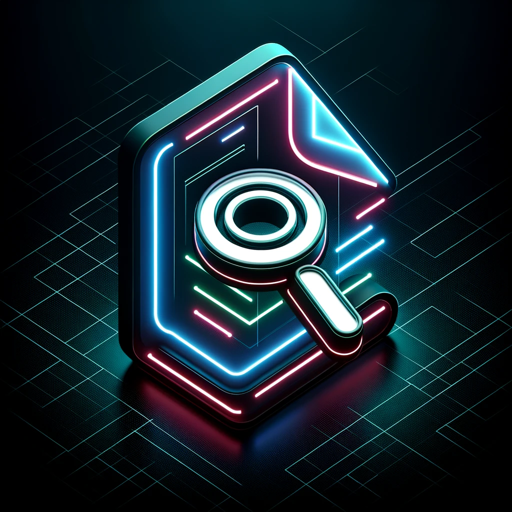
Code Optimizer
Optimize your code with AI precision
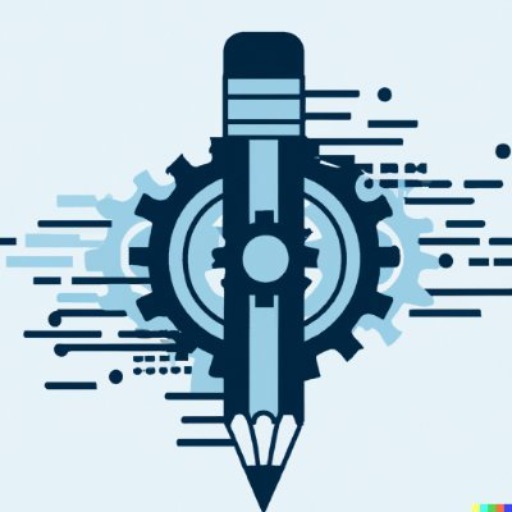
AI翻译官
AI-powered, precise, and versatile translation.

What Would Apple Do?
AI-powered feedback aligned with Apple.

Startup Name Generator
AI-Powered Naming for Your Startup Success

杠精GPT
AI-powered critical thinking tool.

- Technical Analysis
- Programming Help
- Circuit Design
- Simulation Setup
- Documentation Review
Common Questions about EE-GPT
What topics can EE-GPT assist with?
EE-GPT specializes in electrical engineering topics, including programming languages like C/C++, Python, and VHDL, as well as circuit design, simulation setups, and technical documentation analysis.
Can EE-GPT generate circuit schematics?
Yes, EE-GPT can create detailed ASCII-based circuit schematics based on your descriptions or uploaded documents, ensuring technical accuracy and clarity.
How does EE-GPT handle document uploads?
EE-GPT can analyze and retrieve specific information from technical documents, such as tutorials or datasheets, to answer your queries with contextually relevant details.
Is EE-GPT free to use?
EE-GPT is available for free at aichatonline.org with no login required. You can access advanced features without needing a ChatGPT Plus subscription.
What simulation tools does EE-GPT support?
EE-GPT provides guidance on using simulation tools like Cadence Virtuoso, including setting up analyses such as DC/AC, noise, and transient simulations, as well as advanced tasks like Monte Carlo simulations.